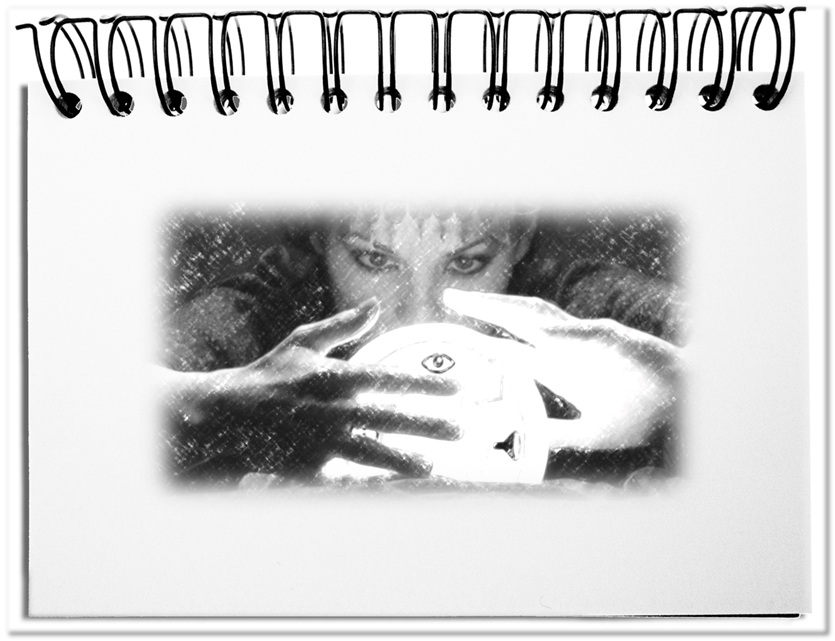Our utterances are naturally limited to what we can express with words, images and other means. The resulting signs are accessible to everybody in different ways. And although we know that there are people who lack certain sensory channels, for example when they are blind or deaf, we can hardly imagine that we lack other channels. Thus, Rudolf Steiner speaks of the ability to perceive in the spiritual world – which is not granted to everybody, we do not allow ourselves or because we simply do not notice it. Like there is spiritual blindness, some lack the ability of looking into the future. And if someone has this gift, then he gets advised: If you have visions, you should go to the doctor. A look into the future is a basic prerequisite for designing the present so that you arrive in the desired future.
For all those, who lack the practice of anticipating the future, we have a look at different forms of foresight.
- Vision
The vision is the visualized impression of a future picture. It offers a snapshot of the introduced prospective conditions – next year, in ten years or even further ahead. Conditions are disseminated in a way that someone expects or fears that are utopias or dystopias. The aim is to inspire or frighten people. The target group completes the missing descriptions of these emotional futures with its own details. This creates a profound effect on them which, eventually, engulfs them emotionally – downwards in a negative vicious circle or self-reinforcing in a positive upward spiral.
In order to achieve this effect, a meaningful sentence is needed that tells those affected, what to do, for whom and when. - Scenario
The various outlines are elaborated visions with more content. For this purpose the political, economical, social, technological, ecological or legal influences are determined and combined into various drafts with different characteristics. The result should be clearly distinguishable extremes – the best possible and the worst possible. For the individual outlines, appropriate supporting and counteractive measures are developed subsequently.
Effective scenarios have no limitations on how strongly the individual variables of the influences can evolve. - Strategy
The scheme for the future is developed taking into account a preferred vision of the future. Here you find further details of the vision, mission, common basic understanding, strategic direction, goals and core. It uses a roadmap to connect the present with the introduced future. Ongoing activities are kept on track by orienting annual scheduling accordingly.
The quality of the route into the day after tomorrow is reflected in its progress, i.e. the continuous approaching to the desired state. - Story
Storytelling is so popular because it provides a target-group-oriented narrative. In the story, the feelings of the vision mingle with the detailed picture of the scenarios and the timeline of the strategy. The aim is to inspire the audience and encourage them to participate.
The story draws its strength from the common thread that remains in the memory and is carried by word of mouth, without additional marketing measures, from one to the other. This transmission preserves the original message, even if it continues to evolve through new subtleties. At the same time, it can be easily linked to one’s own reality, which means that it is reused more often.
Bottom line: It is impossible to know the future, as the forthcoming influencing factors are unknown in advance. A good example is the Internet, which has brought such a surprising shift in reality to the whole of humanity. What we can master, however, is to anticipate the future and then actively strive for it with actions. Most things emerge covertly, as can be seen with Ludwig Kapeller, who described the concept of immersion as early as 1926, just when the first electronic mass media came into being. Less than a hundred years later, many people regularly dive into the virtual reality of their computer.
It is up to you, whether and how you look ahead: with a vision, with scenarios, the defined strategy or a well told story. It is crucial to allow oneself this view into the future. This is the only way to MAKE it real.


